Why House Plants Turn Brown and How to Stop It
Not only do houseplants bring warmth and a sense of calm to a home, but it’s also an inexpensive way to decorate. Keeping your beautiful house plants looking healthy and green, is the challenge. The most common question is, why do the leaves turn brown?
Why do plant leaves turn brown?
According to The Smart Garden Guide, there are many reasons why the leaves on your indoor plants may turn brown:
- improper watering fertilizing
- transplant shock
- environmental causes due to lighting, heat, drafts, or humidity
- pest or disease issues
- natural causes such as acclimatization or age
The first step in solving the problem is to determine where on the plant leaf the problem is occurring. Is it along the edges, on the tip of the leaf or looks like brown spots?
Brown leaf tips
When the tips of the leaves appear dried out, thin like paper, and crumbly, that’s a good indication that you have a water or fertilizer issue going on.
Because in most houseplants water goes to the bottom of the pot and then take it up through the roots until it reaches the leaves where it nourishes the plant through photosynthesis. If there is not enough water to go around the leaf tips turn brown because they are the last in line.
Solution:
The key to fixing watering problems is to know exactly how much water your plants need and then follow an appropriate watering regime. Some plants prefer their soil to be moist at all times, and others like the soil to dry out slightly before they are given more water.
- Under-watering. Use your index finger to check soil moisture levels, and only water once the soil has dried out an appropriate amount for the plant you are growing. Then water thoroughly until excess water drains out the bottom of the container.
- Over-watering. Most often, brown leaf tips indicate underwatering. But overwatering can also cause this problem by pushing too much air out of the soil and into the plant leaves, which removes all of the plant’s oxygen. If the brown leaves feel more mushy than stiff and papery, overwater is likely the problem
Brown spots
This can occur randomly or sometimes in patterns on the leaves. If left alone, often those spots and patches can fill in and take over the entire leaf. Brown spots are usually a sign of disease or insect pests.
Solution
- Insect pests: Good care of houseplants means checking them routinely for insect infestation or diseases and then treat them quickly. There is a range of options if you discover insect problems from carefully picking insects off by hand, to treating the problem with insecticidal soap. Learn more in this Smart Garden Guide.
- Disease: In the case of fungal disease you can try to treat with a recommended fungicide from a garden store, although it may be easier and less expensive to discard it and replace with a new healthy plant
Entirely brown leaves
Sometimes the leaves of a plant will fade into a yellow color, then turn brown, dry out and fall off. This usually happens to the lower leaves on a plant, but can also happen to top leaves or those in the middle.
When this happens it’s often just a sign of a plant shedding leaves as part of its aging process. It’s completely unrelated to its care.
Solution
Grooming your plants routinely to remove these dead leaves—in the same way that you deadhead spent blooms on outdoor plants—allows the younger parts of the plant to receive more of the plant’s water and nutrition. It’s the circle of life and self-preservation in process.
To remove dead leaves that have not yet fallen on their own, use a sharp pair of scissors you have dipped in rubbing alcohol to remove brown leaves. Sharp blades minimize damage to healthy plant cells in the leaves, reducing the energy the plant must expend to heal the open wound.
Nutrient Problems
All plants need nutrition. It is essential for their growth and beauty. Indoor plants take that from the soil. But when the soil becomes depleted it’s necessary to replenish that with plant nutrients or fertilizer.
- Under-fertilizing: Lack of nutrients will cause plant leaves to die from lack of nourishment.
- Over-fertilizing: Giving a plant too much fertilizer is not good either. In fact, it is the second more common reason that leaves turn brown at the leaf tips, known as “fertilizer burn.”
Solution
The way to keep your plants well nourished but to not over-fertilized is to use an appropriate fertilizer according to the directions on the package label. Don’t go overboard!
Should you see a whitish build-up of salt on the top of the soil, you need to thoroughly flush the buildup out of the soil.
Set the plant in a sink or bathtub and water it with distilled water until the water freely flower out of the bottom of the container.
Light
Every plant comes with its unique need for light. And it can be very specific from the need for full-sun conditions to those that may thrive in partial to full shade. When exposed to too much direct sun or when they don’t receive enough sunlight exposure leaves may turn brown as the plant struggles to grow.
Solution
Check online or with a local nursery or garden center to determine the sunlight requirements for your specific plants if you do not have the tags or instructions that came with them.

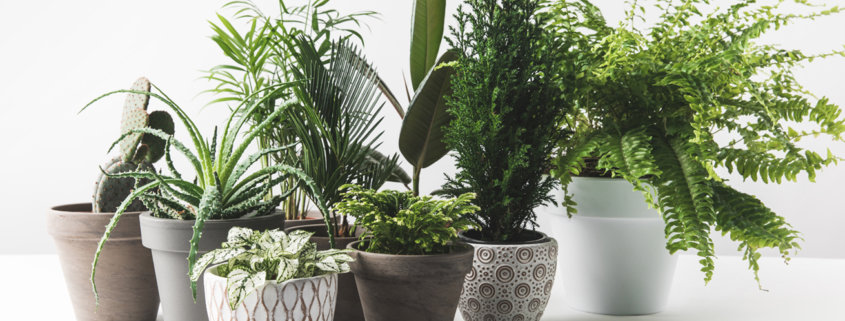
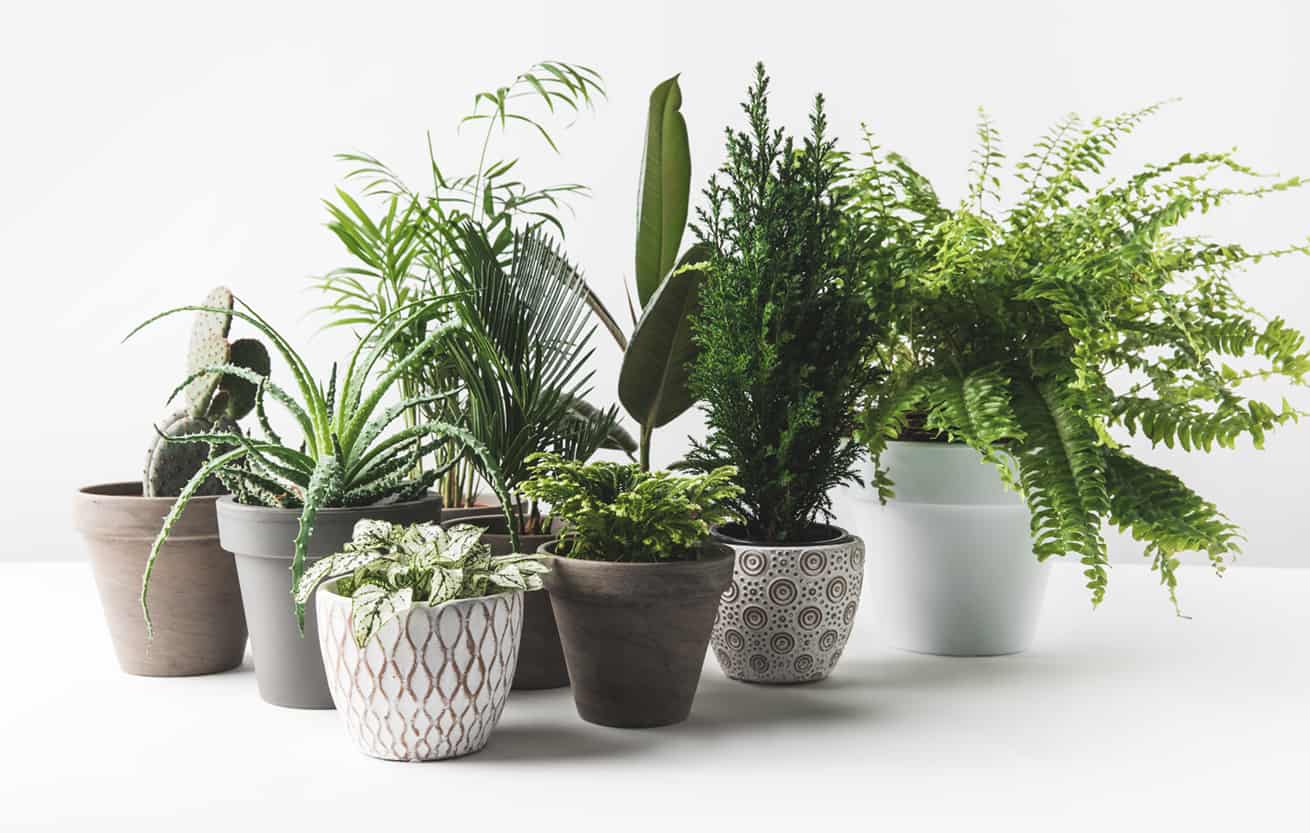



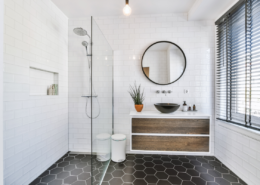


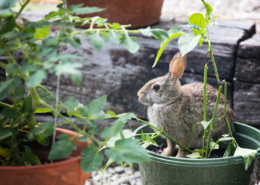


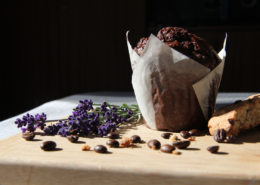


Another reason for brown tips on houseplants is due to the chlorine in tap water. If at all possible, you can boil the water first, or let it sit for several hours to allow the chlorine to dissipate before using it to water your plants.
For excess salts in the soil, you can remove some of the soil on the top before flushing the rest of the soil with water, then add some new soil to the pot. Salts will build up in potted plants over time, so it helps to repot the plant every couple of years, removing any old soil that is loose, and using fresh soil.
Thanks for sharing this info, Cathy!
Yes! I was having that problem too. My plants kept dying. Now I constantly keep a container of tap water on my counter for watering…the chemicals dissipate and now my plants do not turn brown and they are healthy and thriving.
Awesome Blog…Thanks for sharing…
Great article! This will surely help out people out there have a fighting chance with their plants.